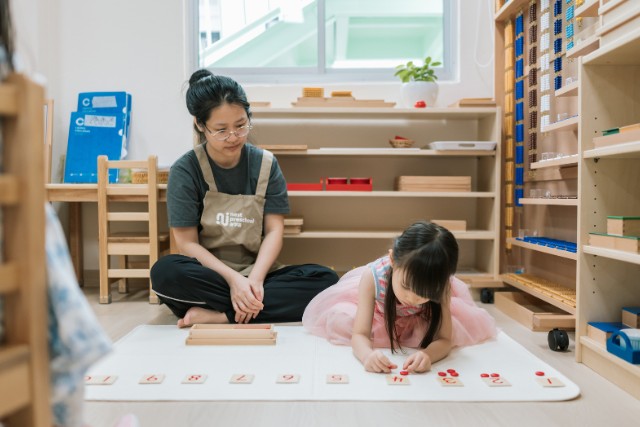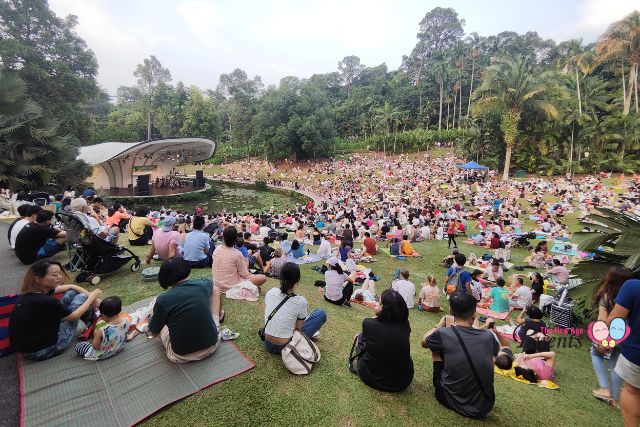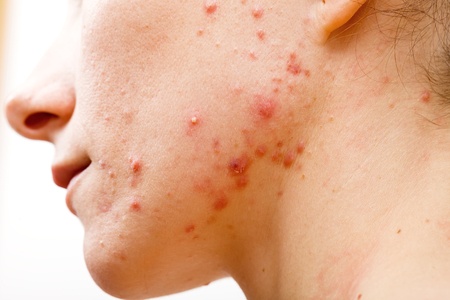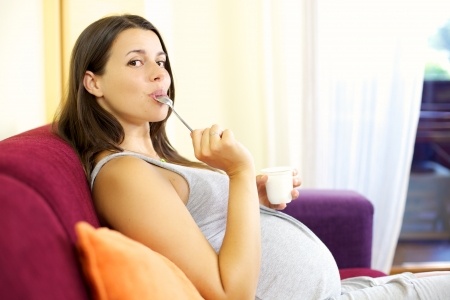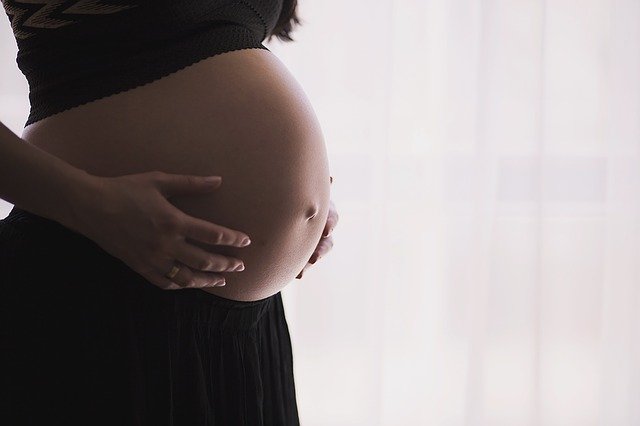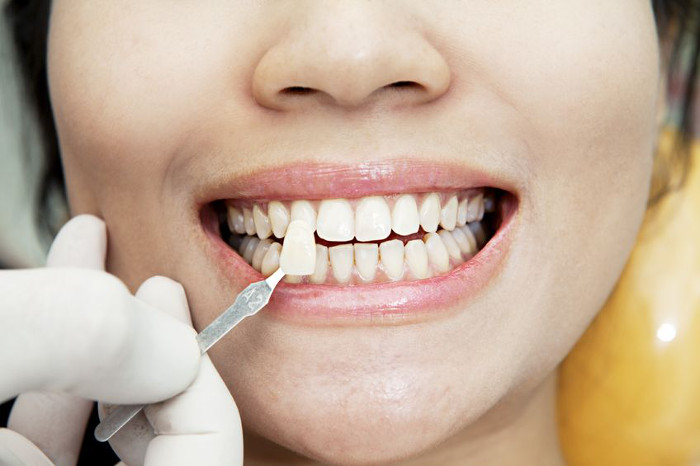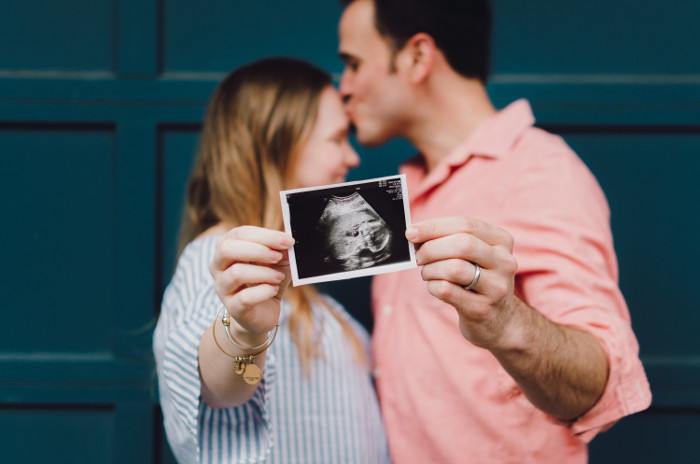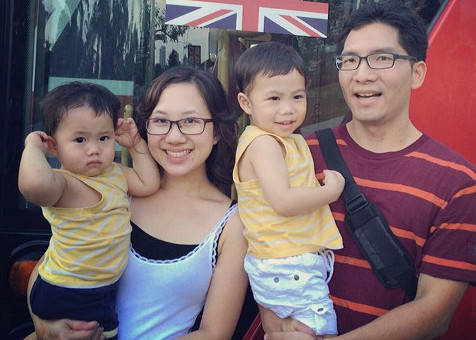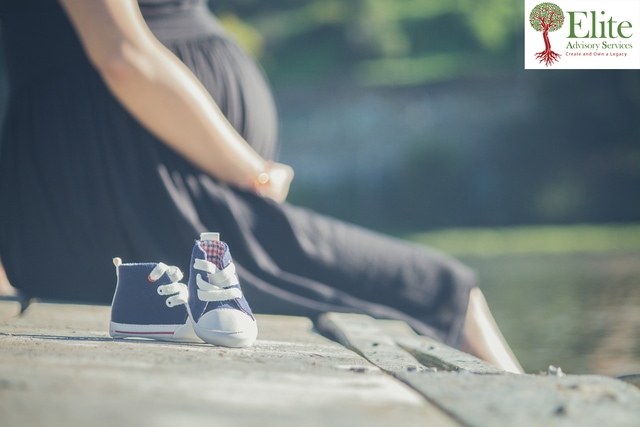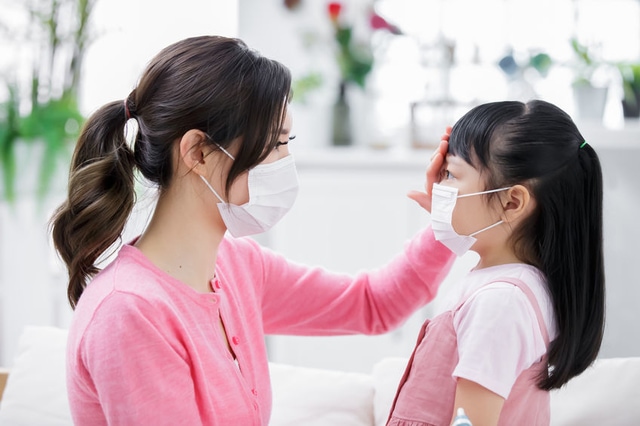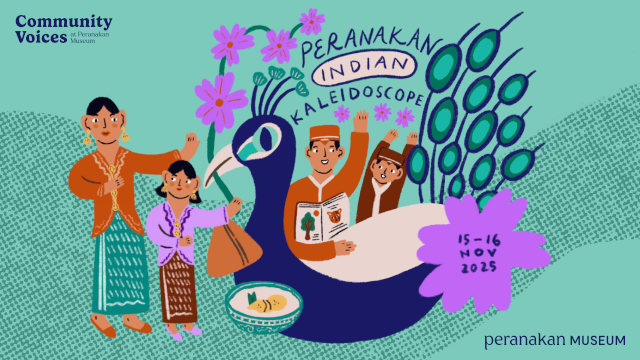Are you pregnant and experiencing pain in your lower back? It’s a common concern, even in the general population.

Numerous studies have reported incidences of 80% of the general population suffering from at least 1 episode of low back pain in their lives and 60% of them would have recurrent low back pain.
The average incidence of low back pain in pregnancy and post-partum had been reported at 50% (studies varying the incidence from 25% to as high as 90%), and generally more common in the first pregnancy.
Generally, there are two kinds of low back pain commonly seen in pregnancies:
- A general low back pain (pain mainly in the lower back), which is usually seen during 20th to 28th week of pregnancy, with some cases starting earlier;
- Pelvic girdle pain, where the pain is generally in the buttock region or even in the front, right in the middle of the pelvic area
This pain is usually aggravated with walking, turning in bed, and prolonged sitting and/or standing. This occurrence is reported more in the third trimester and is generally more severe towards the end of pregnancy, affecting one’s ability to walk or even sit.
Most pregnancy-related low back pain would ease about 1 month after delivery but there is about one-third of mothers reporting persisting pain that would affect their daily activities with 10% being so severe that it affects their ability to work.
What Causes Pregnancy-Related Low Back Pain?
There are multiple causes of low back pain in pregnancy, ranging from hormonal to biomechanical to muscle strength. However, due to the lack of availability of safe diagnostic tools and sensitive, reliable assessment tools, most of the causes are still very debatable and generally use symptom-based assessment.
One of the main hormonal causes of low back pain is the release of the hormone, Relaxin. Relaxin, which increases at least by tenfold, is required to relax the ligaments in the pelvis to allow the growth of the fetus in the womb.
However, due to the properties of Relaxin, it would also cause general laxity of all the ligaments, leading to instability of the pelvis and lower back, putting more strain onto the muscles. The instability of the pelvis would also cause shearing forces through the sacroiliac joints and pubic symphysis, causing pain.
The distention of the abdominal region due to the growing fetus changes the mechanical loading onto the spine and posture, causing fatigue to the lumbar muscles. The increased loading also causes changes to the intervertebral disc, increasing the load on the facet joints, which might also cause pain.
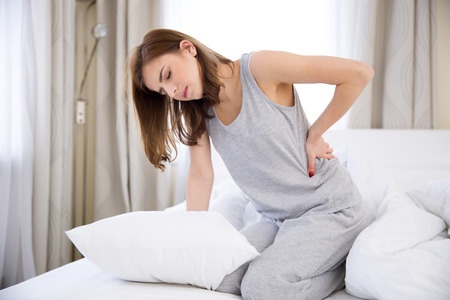
One of the most common myths of a persistent low back pain post-partum is the administering of epidural during delivery but that is not true. The reasons for low back pain to persist post-partum are generally due to the above causes and also with taking care of the newborn.
Mothers, being the main caregiver for the baby and breastfeeding, may take up poor posture during these activities, thus contributing to the pain symptoms persisting. Having the baby cot, changing table, bathtub, etc. at the inappropriate height and adopting inappropriate breastfeeding postures would increase the loading onto the spine and muscles, causing them to be strained and thus causing pain.
How Do We Assess and Differentiate the 2 Types of Pregnancy-Related Low Back Pain?
During pregnancy, as mentioned, due to the lack of safe diagnostic tools, we generally have to base our assessment on subjective inputs from our patients and also the physical assessment of our patients. The location, mechanism and description of pain, aggravating and relieving factors are the few key questions that would be asked to better understand and differentiate the 2 types of pain.
Following that, a physical examination, which includes active movement, palpating the area(s) of pain, accessory movements of the spine and/or special test to confirm/negate hypothesis of the causes of pain will be administered.
In the general low back pain, the pain is normally in the lower back and there might be tightness on palpation over the muscles and accessory movements of the spine might be stiff. In the case of Pelvic Girdle Pain (PGP), there might be pain with palpation over the mid-buttock region, some even over the front of the pelvis.
Active movement of the hip, like straight leg raise, turning on the bed may aggravate the pain and accessory mobilisation of the ilium (the pelvic bone) might ease or relieve the pain. Once the assessment is completed and after we have formulated the cause of the pain, treatment will be planned accordingly to relieve the pain.
Treating Pregnancy-Related Low Back Pain
Treatment of the general low back pain might include gentle soft tissue mobilisation, accessory movement of the joints, stretches, strengthening exercises and even heat/ice might be used to relieve the pain. However, applying heat/ice would need to be done cautiously, so as not to affect the amniotic fluid.
Generally, gentle and controlled movements have always been known to help ease pain by relieving the tightness in muscles and getting movement into stiff joints. As for PGP, a sacral belt might be the temporary solution, to take over the muscles’ role in stabilising the pelvic girdle to ease the pain and decrease the shearing forces.
There have also been some studies depicting the use and efficacy of auricular acupuncture in managing pregnancy-related low back pain and posterior pelvic girdle pain.
Auricular acupuncture is a microsystem technique that involves the insertion of various types of needles into predetermined points and points with altered bioelectrical conductance on the external ear.
Depending on the stage of pregnancy, the treatment and exercises prescribed would differ. In the earlier stages, the exercises might include active mobilisation, stretches and even strengthening exercises.
However, in the later stages of pregnancy, i.e. the last trimester, the focus would be more on pain management through gentle movement and soft tissue mobilisation to ease the pain.
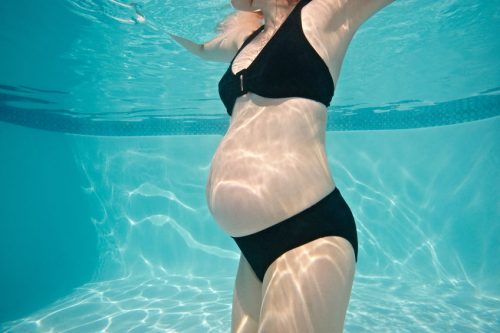
Walking in the pool, taking frequent breaks while working and avoiding long periods of sitting are also highly recommended. Treatment of pregnancy-related low back pain is highly recommended to begin as soon as one starts to experience signs and symptoms of low back pain and not wait till it gets unbearable.
Most studies show that early intervention would prevent long-term disability and full recovery is expected within the first few months post-childbirth.
Post-partum Treatment of Pregnancy-related Low Back Pain
Post-partum treatment will focus on improving the stability of the lower back muscles and increasing the mobility of the joints. Strengthening of the core muscles has been widely advocated to aid in the healing of the rectus diastasis.
Rectus diastasis is the separation of the rectus abdominis muscle during the growing period of the fetus and normally takes a few months to heal. While waiting for the rectus diastasis to heal, strenuous exercises should be avoided.
As pain might still persist post-partum, besides the regular pain management of heat, electrical stimulation or ultrasound, acupuncture has also been found to aid in the healing and control of pain.
For patients who are looking at the Traditional Chinese Medicine (TCM) route of treatment, the focus is generally to nurture the mother back to her full vitality as pregnancy and giving birth are viewed as energy-demanding processes.
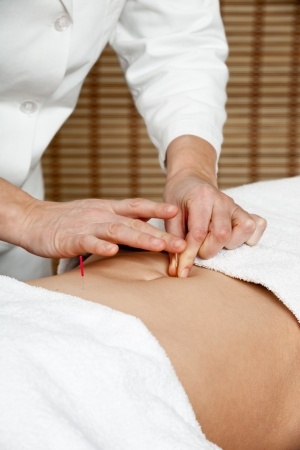
The application of acupuncture and herbal medications after delivery covers a wide spectrum, from treating immediate symptoms like post-cesarean section pain to addressing postpartum back pain, lactation, energy level, and mood issues – with postpartum back pain being the most common complaint.
Acupuncture is widely used and there are numerous researches done in recent years by the western medical societies to provide evidence for its efficacy.
It appears to be particularly useful as an adjunct to conventional care, for patients with more severe symptoms and for those wishing to avoid analgesic drugs. Acupuncture helps back pain through the following mechanisms:
- Providing pain relief – by stimulating nerves located in muscles and other tissues, acupuncture leads to release of endorphins and other neurohumoral factors and changes the processing of pain in the brain and spinal cord
- Reducing inflammation – by promoting the release of vascular and immunomodulatory factors
- Improving muscle stiffness and joint mobility – by increasing local microcirculation, which aids dispersal of swelling and bruising
- Reducing the use of medication for back complaints
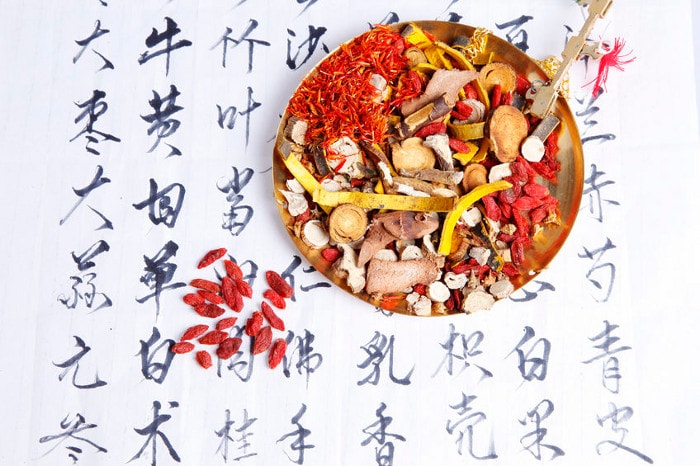
Other than acupuncture, Chinese herbs can also be prescribed to increases blood circulation and reduce pain. Many of these herbs may be combined into a formula and they should be prescribed only after a thorough assessment by a TCM physician.
⇒ Related Read: TCM Tonics For Post-Partum Recovery
Lastly, therapeutic tuina, which is a Chinese ancient form of massage, is a very useful complement to acupuncture in restoring patency of the meridians. Massage techniques used at the lower back help relax the muscles and relieve tightness in the tendons to help reduce pain and inflammation.
Prevention of Pregnancy-related Low Back Pain
The best way to prevent pregnancy-related low back pain is to be active prior to pregnancy and to maintain a suitable level of activity during pregnancy.
Education on the proper posture, proper lifting techniques and ways to alleviate low back pain, done by a trained physiotherapist, during a 12-week period, prior to pregnancy was evidenced to significantly reduce the incidence of pregnancy-related low back pain.
Thus, the take-home message for every mother or mother-to-be is to maintain an active lifestyle before pregnancy, exercise regularly and seek assistance at the earliest point of time when experiencing any forms of discomfort to enjoy the new chapter in your life.
This article is contributed by Principal Physiotherapist Calvin Sim and Principal Physician Edmund Pang, EMW Physiotherapy and TCM Clinic.
Principal Physiotherapist Calvin Sim worked in Tan Tock Seng Hospital before moving over to Alexandra Hospital, spending 3 years in the Alexandra Sports Medicine Centre and the outpatient physiotherapy department. Through his years as a physiotherapist, Calvin had experience working with both local and international athletes, recreational and elite across multiple sports.
Principal Physician Edmund Pang worked at Singapore Thong Chai Medical Institution (STCMI) as Sengkang Clinic Supervisor and subsequently Team Lead of the Fertility Team of STCMI, treating multiple patients with digestive disorders, musculoskeletal disorders, diabetes, etc. In EMW Physiotherapy & TCM, Edmund works closely with Calvin to achieve a holistic integrative treatment for their patients.
* * * * *
Want to be featured here? Leave your contact here and we’ll be in touch.
Stay in touch! Subscribe to our Telegram here for all our latest updates.













